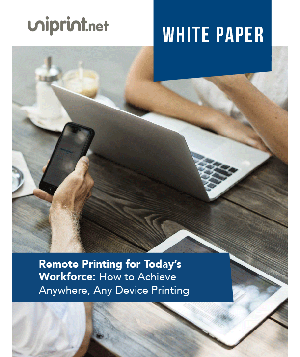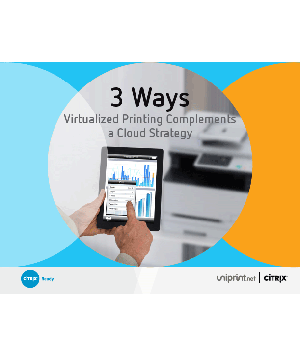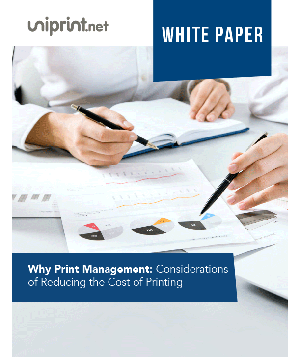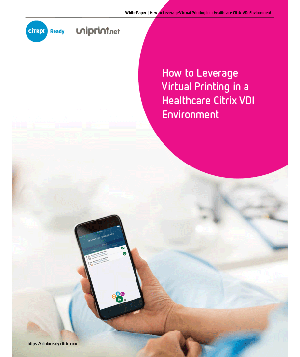Looking Forward to Printing in the Future
To stay relevant in today’s ever-changing society it is important for all aspects of business to evolve along with the times of today. The way in which we rely on enterprise printing solutions has evolved steadily over the years in cohesion with technological advancements. The journey of evolution varies by different business sectors, but the continuous loyalty to some form of printing is still there. The current evolution seems to march the beat of the mobility drum. Employers are beginning to take advantage of mobile technology and the digital work space is becoming embedded into our culture and work-life style. As the new generation of knowledge workers observe one industry developing into the mobile workforce, it is only a matter of time until they are figuring out ways to adapt it to their own business sector. Enterprise printing solutions have been working to stay relevant by continuing to evolve and fit in with the developing IT landscape.
1. Mobility is becoming a trend that is forcing nearly all aspects of business operations, including printing, to follow their lead.
The key to enabling workforce mobility is the development of an accessible cloud drive consisting of most if not all work-related materials. The benefit of this is reducing the typical printing infrastructure that has become the norm as well as simplifying use of hardware across a network. With one network cloud drive all user devices including tablets, iPads, smartphones, and printers can be connected through one database creating a streamlined business. In this scenario, the mobile worker is enabled to work anywhere and printing is developing into a new work landscape to benefit all users. Businesses will need to task themselves with proper steps to ensure they aren’t left out of the loop with services that are both in-situation and mobile-ready. Businesses will need to find the best solution and apply it to their needs.
2. The print management industry will continue to grow in certain business sectors where printing is critical.
As mobile workers expand from one industry to the next, they continue to need access to a streamlined printing structure. Some industries have noted printing technologies as key to their businesses, particularly within healthcare, financial, legal and education. Hospitals, banks, law offices, libraries and universities, among others carry a consistent demand for printing within their environments. As mobile workers began to grow among companies and organizations it became apparent that printing would have to transform into something more. Printing is not only a constant task, but one that is a vital component to the organizational workflow. The healthcare and legal sectors each continue to maintain a need for managing print services in step with system virtualization. Facilities have moved to integrate the use of tablets across their entire organization to work with their specialized applications, a direct result of the development of the mobile movement. At different levels, business professionals andstaff are incorporating mobile devices into their work routines to not only manage their workloads and expand their bandwidth, but also to manage sensitive information, whether it is patient data from a healthcare professional or a client documents from a law office.
3. Security will be put on the front lines to ensure data protection.
The mobile movement has seen an increase in the need for security across all systems. As it stands, by the end of 2015, the worldwide spending on information security will have jumped 4.7 percent from 2015 to $75.4 billion, according to a security leading analysts at Gartner. In the act of printing becoming something that can happen remotely to a locally selected device, it is necessary to ensure that the paper is getting into the right hands. Secure pull printing will continue to advance and increase over the next year.
For over the last 40 years since mainframe and DOS, enterprise printing solutions have been showing a determination to evolve with technological advancements, and that trend will certainly continue in 2016. Printing technology will have to be versatile enough to keep up with advancements in newer mobile technologies and still be compatible with older systems in order to meet business goals in the New Year and beyond.
















